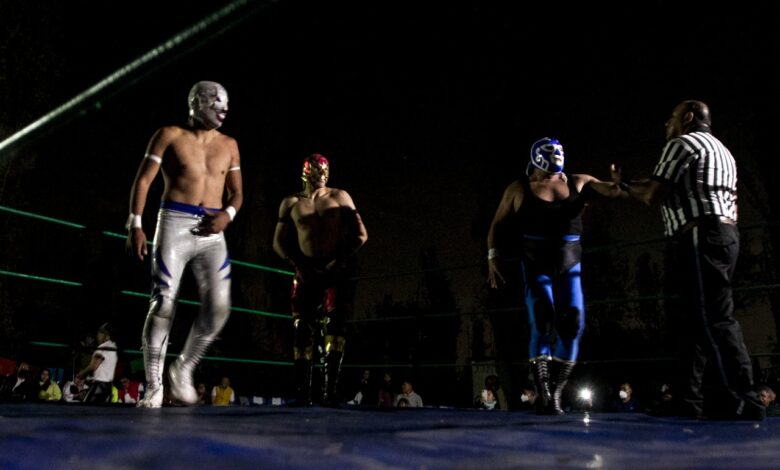Mexican Wrestling: A Sport-Spectacle With A Passion
Mexican wrestling is one of the most deeply rooted sports in the country and has generated a whole spectacle around it, to such an extent that it has permeated movies, music, and comics, being recognized worldwide for its colorful costumes and spectacular movements and throws.





